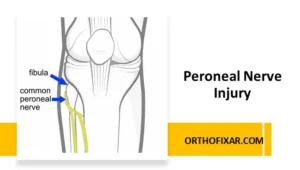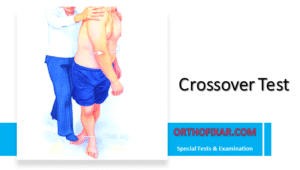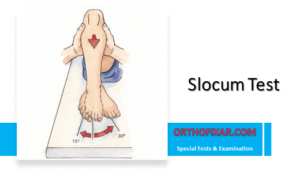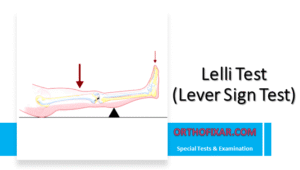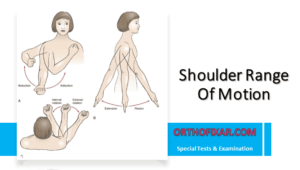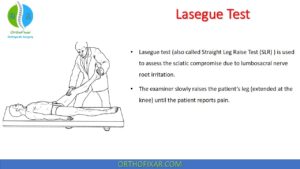Musculocutaneous Nerve Anatomy

The musculocutaneous nerve arises from the lateral cord of the brachial plexus C5, C6, and C7. It carries fibers primarily from the anterior divisions of the upper and middle trunks.
Musculocutaneous Nerve Course
After originating from the lateral cord, the musculocutaneous nerve pierces the coracobrachialis muscle approximately 5–8 cm distal to the coracoid process. It then descends between the biceps brachii and brachialis muscles. The nerve travels toward the lateral side of the arm and emerges laterally near the elbow as the lateral cutaneous nerve of the forearm.
See Also: Brachial Plexus Anatomy
Important anatomical relationships:
- Medially: Median nerve and brachial artery (in the proximal arm).
- Anteriorly: Covered by biceps brachii.
- Posteriorly: Lies on brachialis muscle.
- Distally: Becomes subcutaneous lateral to the biceps tendon.
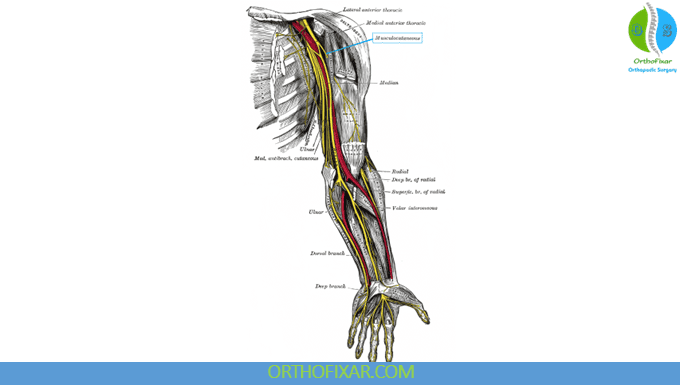
Motor Innervation
The musculocutaneous nerve supplies all the muscles of the arm anterior compartment:
- Coracobrachialis muscle: shoulder flexion and adduction.
- Biceps brachii muscle: elbow flexion and supination.
- Brachialis muscle: primary elbow flexor.
Sensory Innervation
The Musculocutaneous nerve continues as lateral cutaneous nerve of the forearm (lateral antebrachial cutaneous nerve) which supplies sensation to the lateral aspect of the forearm, from the elbow to the wrist.
Anatomy Variations
There have been case reports of the musculocutaneous nerve variations. These include its absence (very rare), it does not enter the coracobrachialis muscle and the nerve originating abnormally.
Clinically
Injury to the musculocutaneous nerve is uncommon in isolation but may occur due to:
- Penetrating trauma of the arm.
- Iatrogenic injury during shoulder surgery.
- Brachial plexus lesions (especially lateral cord injuries).
Clinical features of musculocutaneous nerve injury:
- Weakness of elbow flexion (biceps and brachialis).
- Loss of forearm supination strength.
- Sensory loss over lateral forearm.
Electrodiagnostic studies help localize lesions and assess severity of the nerve injury..
Musculocutaneous Nerve Block
For regional anesthesia, the musculocutaneous nerve can be blocked:
- At the axilla: via axillary brachial plexus block.
- In the mid-arm: between biceps and coracobrachialis.
Adding a targeted musculocutaneous nerve block is essential for complete anesthesia of the forearm during surgery.
References & More
- Desai SS, Arbor TC, Varacallo MA. Anatomy, Shoulder and Upper Limb, Musculocutaneous Nerve. [Updated 2023 Sep 4]. In: StatPearls [Internet]. Treasure Island (FL): StatPearls Publishing; 2025 Jan-. Available from: https://www.ncbi.nlm.nih.gov/books/NBK534199/
- Kenhub – Musculocutaneous nerve
